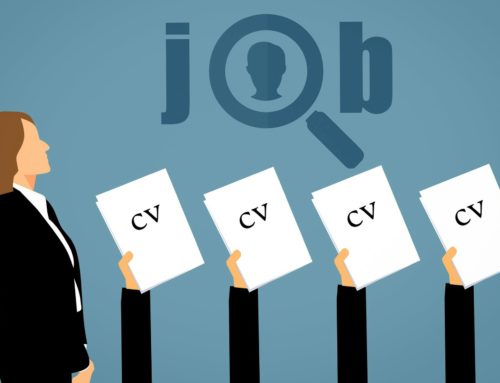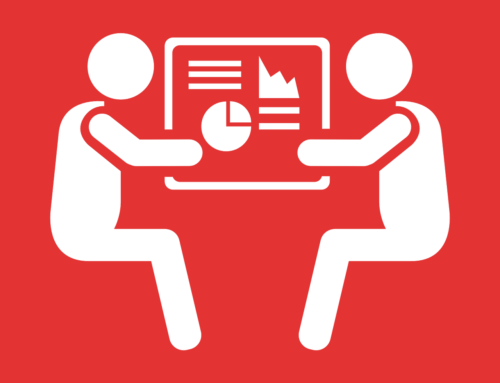Building a Talent Pipeline

The proactive approach to recruiting top candidates that aligns with your company culture.
Written by: Bergin Sullivan, Creative Marketing Specialist
Talent Pipeline is not a new, trending term that is introducing ground-breaking strategies. However, it can serve your company if implemented correctly, reducing time to hire and increasing quality of hire. Talent Pipelining is a proactive approach to recruiting, by keeping a stable of candidates (both passive and active) engaged with your company. This methodology provides you with a pool of potential hires who are qualified and ready to fill a position when the need arises.
The idea of a Talent Pipeline serves as a proactive recruiting approach where you are storing and engaging potential candidates instead of a reactive approach. The reactive approach is more common in recruiting, where the need first arises and the search is then conducted. On the other hand, Talent Pipelining prepares you for the need before it emerges by building relationships and engaging with qualified candidates.
For recruiters why do talent pipelines matter?
Many companies have success with reactive recruiting. They have built a great HR/recruitment function where a role opens up and they can go find their next employee. However, by defining your company culture, identifying a pool of prospective hires, engaging with them over time, and familiarizing them with your brand you are setting yourself up for longevity and better candidate experience.
What type of candidates should you include in your talent pipeline?
First things first, you need to define what qualities you’re looking for to best match your company culture. This is an easier task in Talent Pipelining compared to reactive recruiting methods. In Talent Pipelining, the only definites you have are that the candidate will be working for your company. The position is unknown, meaning job skills can’t be determined. That being said, you must find people that will benefit your company and contribute positively to your culture regardless of what position they may fill.
After you define the qualities that will blend with your culture, focus on the background of candidates you’re looking for. Do you want candidates with years of experience in the industry who have prior knowledge? Or less experience with the potential to be molded and taught from scratch? Are you looking for candidates who have never worked in your industry or those who have only worked in your industry? For example, some sales roles have a past customer service experience requirement in the retail or restaurant industry. The qualities in some jobs and industries directly align or boost compatibility in adjacent industries.
How do you build your Talent Pipeline?
Now that you’ve understood the importance of Talent Pipelining, how it works, and who you’re looking for, you need to find those candidates. The easiest contender gathering is from direct applicants or active candidates. These are candidates who have applied to one of your positions in the past but did not make the hire. They may have come across your company through a job search on a career site, social media, or a different application process.
Not all of these candidates will best align with the roles that may come up in the future. However, you know they are interested job seekers and should be included in the pipeline. For example, let’s say you have an opening for a Sales Representative with 280 applicants and 1 hire. Where are those 279 interested candidates going? Oftentimes they get lost in your applicant tracking system and never touched again. Gather them up, qualify them with the qualities and background your firm is looking for, and add them to your Talent Pipeline.
Now that the easy part is done, you need to do some work by going for those passive candidates. These candidates are going to be aligned with your culture and values, but not actively seeking a new role. The work environment is one of the most important elements of a workplace for passive candidates. Don’t let the fear of offering a lower compensation rule them out. To better understand sourcing and recruiting passive candidates successfully, check out our blog post here.
Where does candidate experience fit in talent pipelining?
Once you’ve got your Talent Pipeline established, it’s time to engage with your quality candidates and make connections. This relationship-building is an important step that can help draw in candidates. By familiarizing your brand with them, they will be more receptive to hearing about your role once recruiting comes around. This also leads to a better candidate experience which in turn contributes to employee longevity.
Timothy Visconti, CEO and Founder of PeopleLift, believes that emphasizing candidate experience must start at the very beginning. Avoiding a poor candidate experience starts with initial recruiting and relationship building. Leading to the interview experiences, onboarding, and training processes, a continuous experience should maintain until their last day. “In the end, it’s all about creating the recipe for long-term employment experience.” Talent Pipelining can serve as the first step in your recruitment process, which is why it must be candidate-centric.
By engaging with your Talent Pipeline, you are transforming the pool of candidates into a community of professionals that will become familiar with your brand. This is a network of people your company would consider hiring in the future and who they should eventually hire.
Consider JCSI’s supplementary process as a solution for your Talent Pipelining needs. We handle the heavy lifting, providing you a network of compatible candidates. Visit JCSI Best Exec | Recruitment Agency Hiring Top Passive Candidates to learn more!




